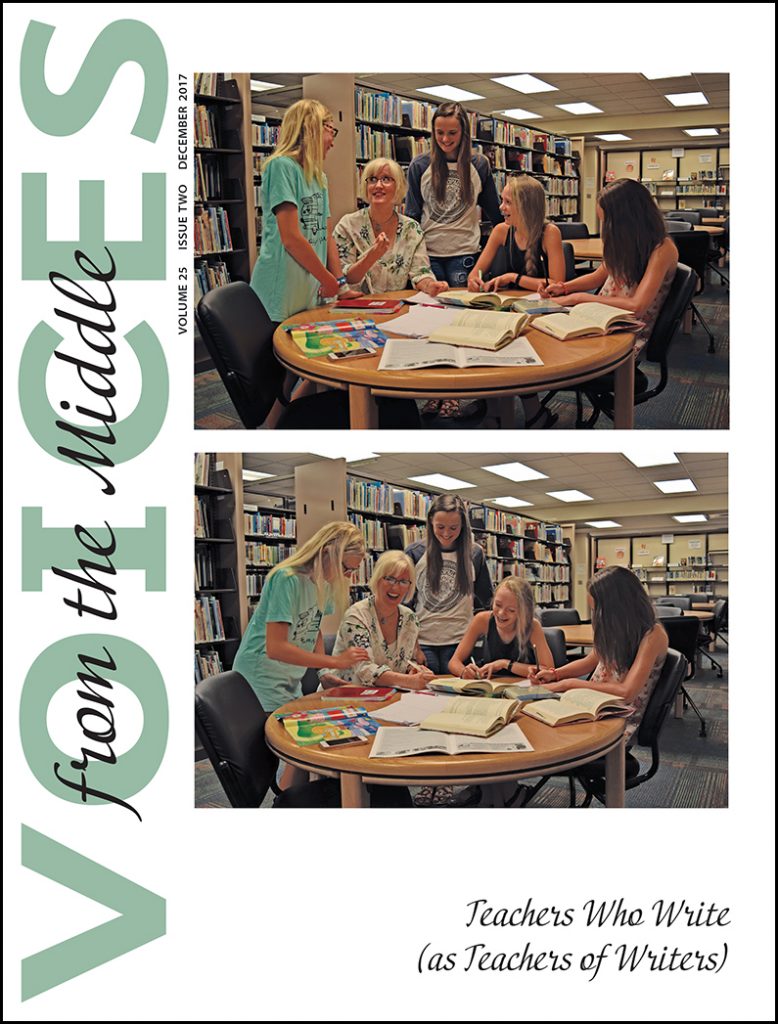Whether you are an elementary language arts teacher or a literature professor, NCTE has a peer-reviewed journal for you, with content reflecting current research, trends, and strategies. Our 10 professional journals are available in paper and online, along with an extensive archive of past issues.
Subscribers have access to all the articles in their journal, from present day articles to those in the digital archive. But did you know that in each issue, several articles are made free to everyone? In Voices from the Middle, Vol. 24, No. 4, May 2017 the theme was “What’s Next in Teaching Reading?”
“Picture Books Aren’t Just for Kids! Modeling Text Structures through Nonfiction Mentor Books” by Tracey S. Hodges and Sharon D. Matthews was one of the free articles. Using nonfiction texts, in this case picture books related to content-area topics, as mentor texts can provide powerful advantages for young adolescents. Integrating nonfiction picture books into reading instruction can provide middle level learners with motivation, engagement, and mentor texts. When teachers combine picture book instruction with teaching text structures, middle school students gain a better understanding of how texts are organized, strategies for recalling information, and approaches to use in their own writing. In this article, the authors discuss classroom practices appropriate to for teaching text structures through nonfiction mentor texts and provide a list of popular children’s books appropriate to use in this instructional practice.
How can you transfer this idea to your classroom? Try this idea from ReadWriteThink.org!
In this lesson plan, students investigate picture books organized in comparison/contrast structures to discover methods of organization and the ways authors use transitions to guide readers. Students can then decide what organizational patterns and transitional words work best to accomplish their individual purposes in writing and apply those to their papers. This lesson is designed to be used during a unit when students are writing a comparison/contrast paper. It will be most helpful prior to drafting, but it could also be useful during revision.
How could you make this idea work in your classroom?

